Why Do Whitening Strips Cause Sensitivity?
Many individuals experience tooth sensitivity when using whitening strips. This discomfort can range from mild tingling to sharp, shooting pains. Understanding the causes is essential for managing and minimizing this common side effect. The primary reason for sensitivity lies in the active ingredients within the whitening strips, which work to remove stains and brighten the teeth. However, this process can also affect the delicate structures of the teeth, leading to temporary sensitivity. Factors like the concentration of the active ingredients, the duration of application, and individual tooth conditions all play a role in how much sensitivity a person experiences. Additionally, some people may be predisposed to sensitivity due to thinner enamel or other underlying dental issues. Addressing the underlying mechanisms is the first step in understanding how to mitigate sensitivity.
How Whitening Strips Work
Whitening strips typically use chemical agents to lighten the color of your teeth. These agents, such as hydrogen peroxide or carbamide peroxide, penetrate the enamel and break down the stain molecules that have accumulated over time. These stains can result from consuming dark-colored foods and drinks like coffee, tea, and red wine, as well as from smoking. The whitening process itself involves the peroxide molecules interacting with the discolored molecules within the enamel. This interaction results in the breakdown of these larger molecules into smaller, less visible ones, thereby making your teeth appear brighter. The effectiveness of the strips depends on the concentration of the active ingredient and the duration of its contact with the teeth. However, this process can also make the teeth more vulnerable.
The Science Behind Sensitivity
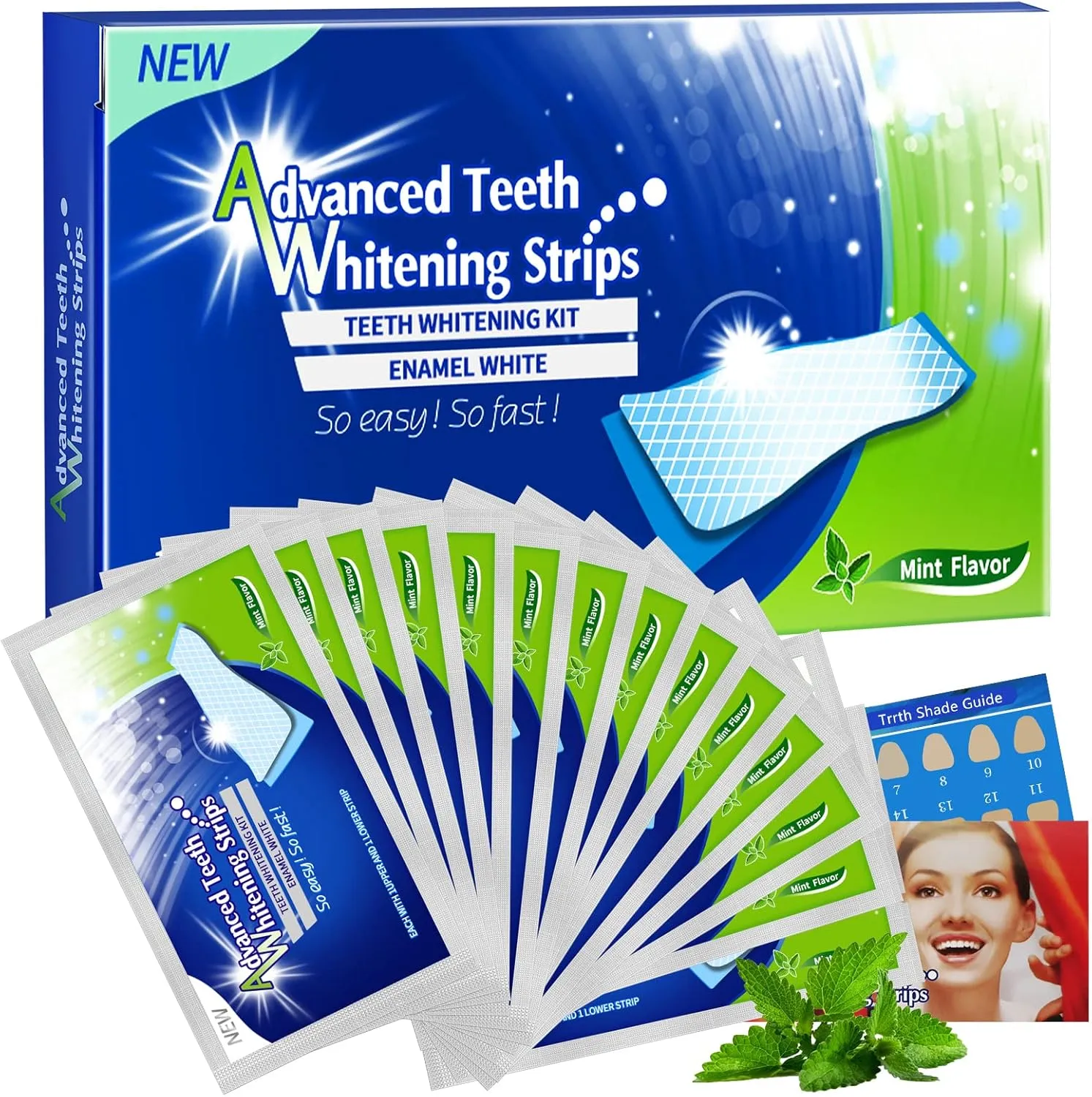
Tooth sensitivity occurs because of the way whitening agents interact with the tooth’s structure. Teeth are covered in a protective layer called enamel. Beneath the enamel is dentin, which contains microscopic tubules that lead to the tooth’s pulp, which houses the nerves. When the whitening agents penetrate the enamel, they can also reach the dentin. This process causes the tubules to become irritated. The irritation is often triggered by changes in temperature, pressure, or the presence of sweets or acidic foods. This leads to the nerve endings in the pulp becoming stimulated, resulting in the sensation of sensitivity. The extent of this sensitivity depends on factors such as the thickness of the enamel, the concentration of the whitening agent, and the individual’s sensitivity threshold. Some individuals may experience a more pronounced response due to genetic factors or pre-existing dental conditions.
What Ingredients Cause Sensitivity?
The primary culprits behind tooth sensitivity are the active ingredients used in whitening strips. These agents work by oxidizing the stains on the teeth, but they can also cause side effects. Understanding which ingredients cause sensitivity and why can help you make informed choices. The most common active ingredient is hydrogen peroxide, which is available in varying concentrations. The higher the concentration, the more effective it is at whitening, but also the more likely it is to cause sensitivity. Another common ingredient is carbamide peroxide, which breaks down into hydrogen peroxide over time. These ingredients can cause sensitivity, especially when they penetrate the enamel and reach the dentin. This penetration can irritate the nerves inside the tooth. The extent of the sensitivity depends on the concentration and the duration of exposure. It is crucial to be aware of these ingredients and their effects on your teeth.
Hydrogen Peroxide
Hydrogen peroxide is the most common active ingredient in whitening strips. It is an oxidizing agent that effectively removes stains from the teeth. However, it is also a strong chemical that can cause sensitivity. The sensitivity is caused by the hydrogen peroxide penetrating the enamel and reaching the dentin, where it can irritate the nerves inside the teeth. The concentration of hydrogen peroxide in whitening strips varies, typically ranging from 6% to 10% or higher. The higher the concentration, the faster the whitening process, but the greater the risk of sensitivity. When using products with hydrogen peroxide, it’s essential to follow the instructions carefully. Overuse or prolonged exposure can significantly increase the likelihood of experiencing sensitivity. Some people may be more sensitive to hydrogen peroxide than others due to differences in enamel thickness and existing dental conditions.
Other Potential Irritants
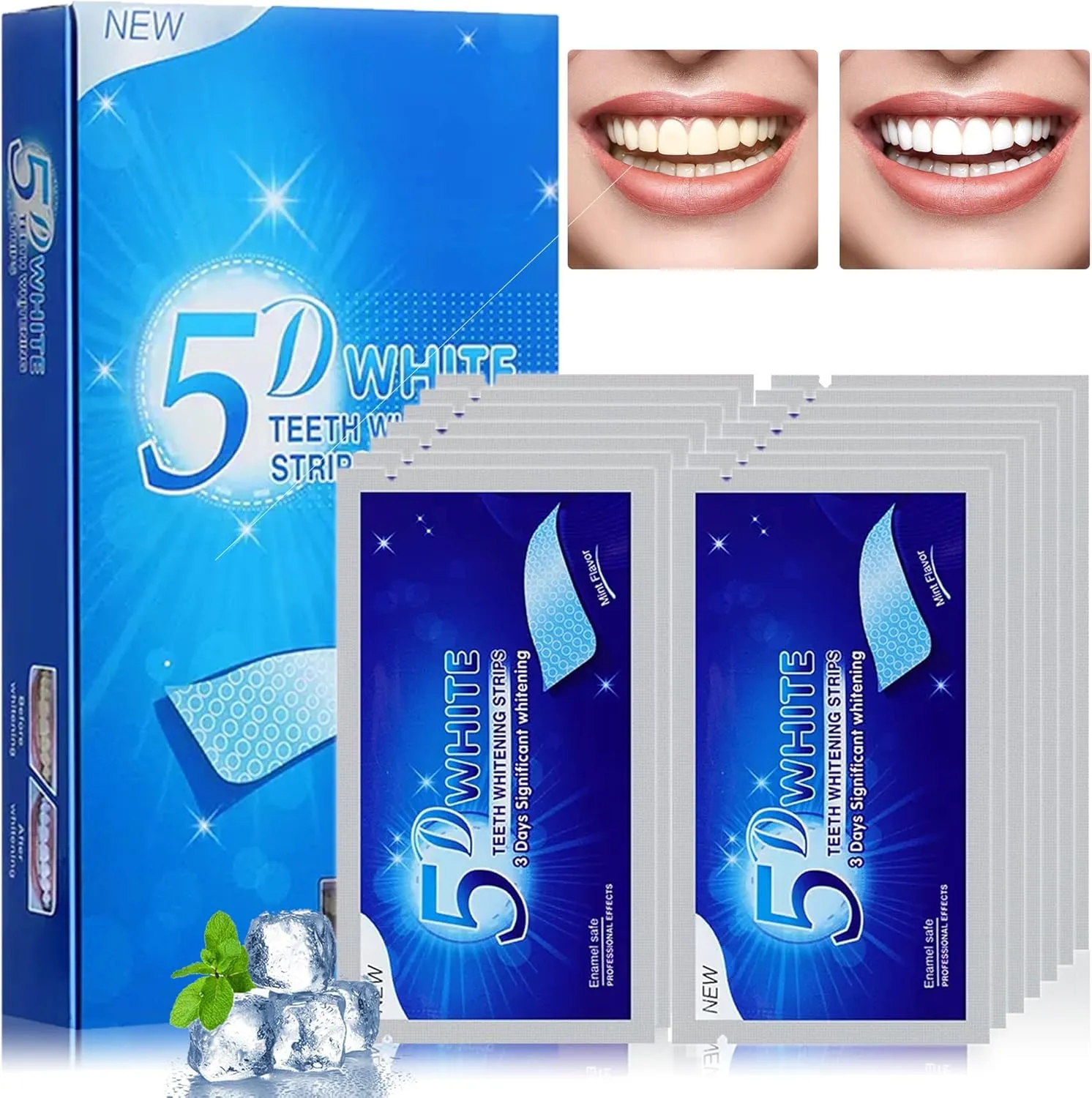
Besides hydrogen peroxide, other ingredients in whitening strips can contribute to sensitivity. These include flavorings, stabilizers, and other chemicals. Some of these additives may cause irritation or allergic reactions in some individuals, exacerbating sensitivity issues. For instance, certain flavoring agents, such as cinnamon or peppermint, can sometimes cause a burning sensation or discomfort, especially if the gums come into contact with them. Stabilizers are used to maintain the effectiveness of the active ingredients but may also have an impact on the oral tissues. Additionally, some whitening strips contain ingredients that help the strips adhere to the teeth, which might also cause sensitivity. If you experience increased sensitivity, it may be beneficial to review the full ingredient list to identify potential irritants and choose products that exclude them.
Top 5 Facts About Whitening Strips and Sensitivity
Fact 1 The Role of Enamel
Enamel is the outermost protective layer of the tooth, and its condition plays a crucial role in sensitivity. Enamel is the hardest substance in the human body, but it is also porous. When enamel is intact and healthy, it acts as a barrier, protecting the underlying dentin and nerves from the whitening agents. However, if the enamel is thin or damaged due to erosion, decay, or other factors, the whitening agents can penetrate more easily, leading to increased sensitivity. The porosity of the enamel allows the active ingredients in whitening strips to reach the dentin, where they can irritate the nerves, causing pain. Therefore, maintaining healthy enamel through proper oral hygiene, including brushing with fluoride toothpaste and avoiding acidic foods and drinks, is essential for minimizing sensitivity.
Fact 2 How Strips Affect Nerves
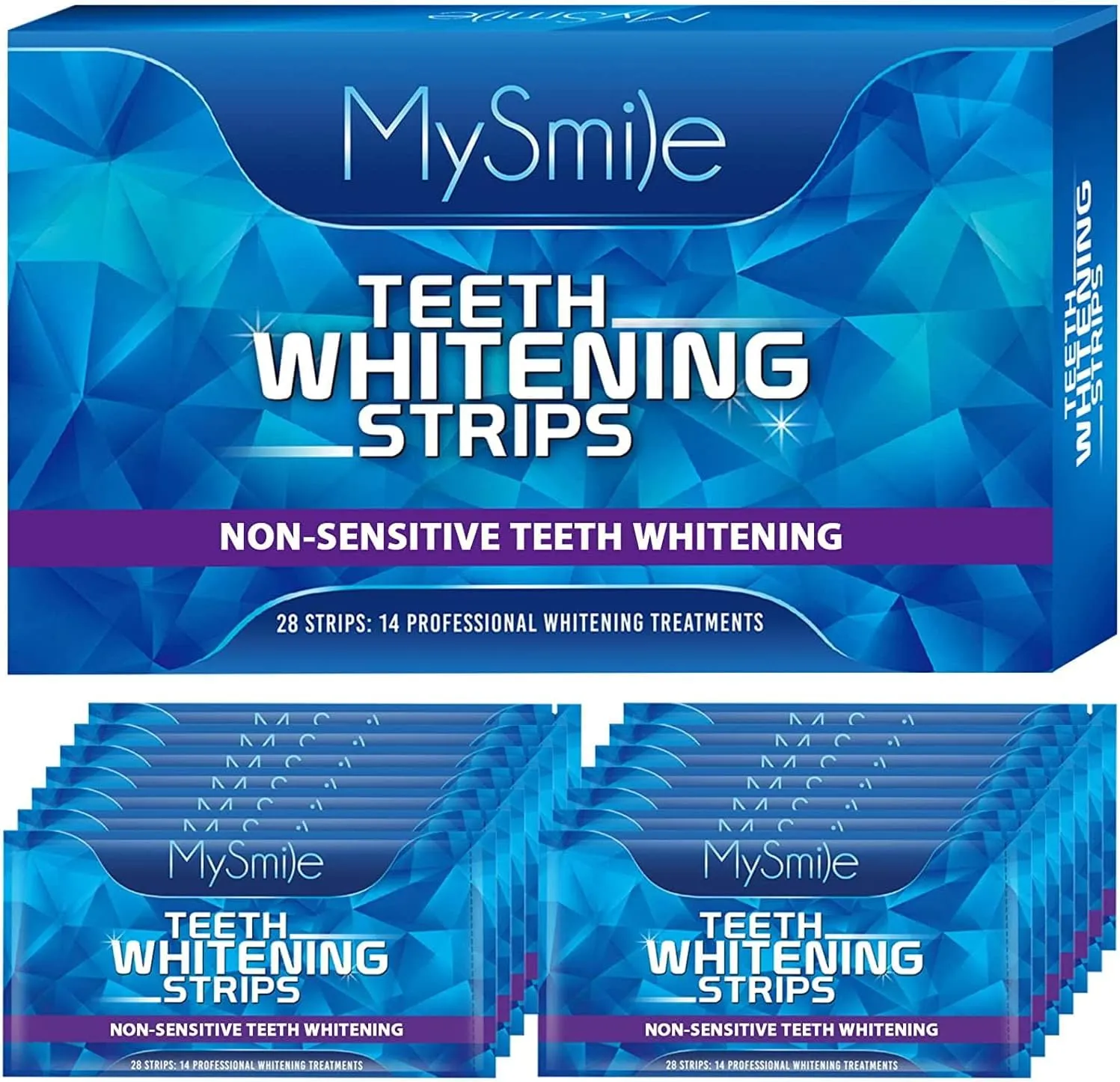
Whitening strips can affect the nerves inside your teeth in a way that leads to sensitivity. The active ingredients in the strips, typically hydrogen peroxide, penetrate the enamel and reach the dentin. The dentin contains microscopic tubules that connect to the pulp, where the nerves are located. When the whitening agents come into contact with the dentin and the tubules, they cause irritation, stimulating the nerves. This stimulation can result in a variety of sensations, including sharp pain, throbbing, or sensitivity to temperature changes. The concentration of the whitening agent and the duration of its contact with the teeth influence the degree of nerve stimulation. The more concentrated the agent and the longer it is applied, the greater the potential for sensitivity. Therefore, following the manufacturer’s instructions and using the strips as directed can minimize the impact on your nerves.
Fact 3 Types of Sensitivity
Sensitivity from whitening strips can manifest in different forms. Some people experience mild tingling sensations, while others report sharp, shooting pains. These sensations can vary based on individual factors such as the thickness of the enamel and the sensitivity threshold. Common types of sensitivity include sensitivity to cold, heat, pressure, and sweet or acidic foods. Cold sensitivity is the most common and often occurs when consuming cold drinks or foods. Heat sensitivity may be less frequent, but it can occur when eating hot foods or drinking hot beverages. Pressure sensitivity can be triggered by biting or chewing, while sensitivity to sweets and acids can be provoked by certain foods and drinks. Understanding the type of sensitivity you are experiencing can help in managing it. For instance, using desensitizing toothpaste can reduce sensitivity to temperature changes.
Fact 4 Duration of Sensitivity
The duration of sensitivity from whitening strips varies among individuals. For some, it is a temporary issue that subsides within a few days after stopping the use of the strips. However, for others, the sensitivity can persist for several weeks. The duration depends on factors like the concentration of the whitening agent, the frequency of use, and the individual’s tooth condition. If the enamel is already thin or damaged, the sensitivity may last longer. Using strips as directed and taking breaks between treatments can often help to minimize the duration of sensitivity. Over-the-counter desensitizing toothpastes can also provide relief by blocking the tubules in the dentin and reducing nerve irritation. If the sensitivity lasts for more than a few weeks or becomes severe, it is important to consult with a dentist for further evaluation and treatment.
Fact 5 Is Whitening Safe?
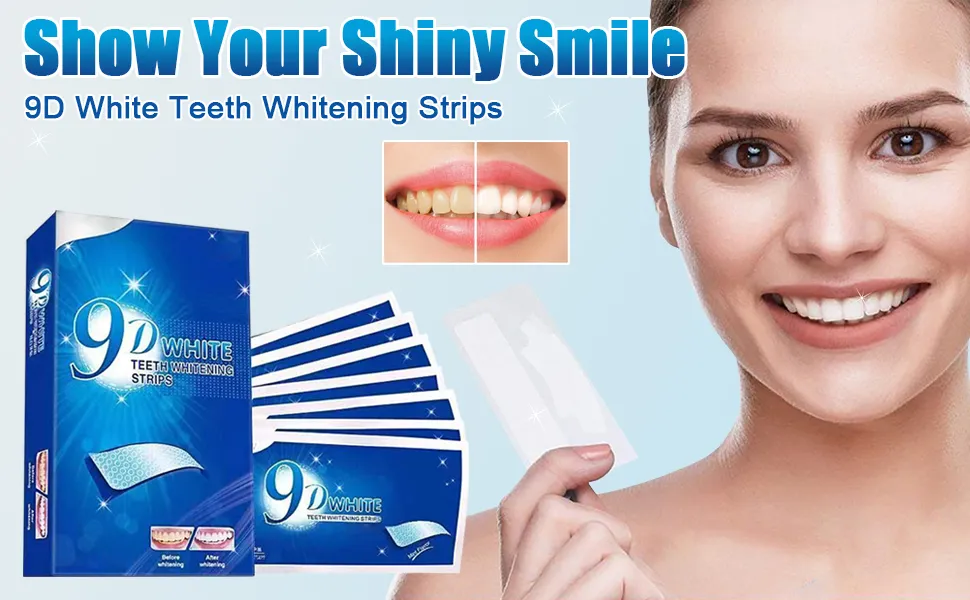
When used correctly, whitening strips are generally considered safe for most people. However, the potential for sensitivity and other side effects makes it important to use them cautiously. It is crucial to follow the instructions provided by the manufacturer, including the recommended duration and frequency of use. Overuse or using strips with a higher concentration of active ingredients than necessary can increase the risk of sensitivity and other adverse effects. It’s also important to consider your individual oral health condition. If you have pre-existing dental issues, such as cavities, gum disease, or sensitive teeth, you should consult with your dentist before using whitening strips. They can assess your oral health and advise you on the best approach to whitening. Additionally, if you experience severe or persistent sensitivity, discontinue use and seek professional dental advice.
How to Minimize Sensitivity While Using Whitening Strips
There are several strategies for minimizing tooth sensitivity when using whitening strips. Proper preparation and application techniques can make a significant difference. First, consider consulting your dentist before starting to use whitening strips, especially if you have sensitive teeth. Your dentist can assess your oral health and provide personalized recommendations. During the whitening process, avoid applying the strips directly to the gums to prevent irritation. If the strips come into contact with your gums, wipe off any excess gel immediately. Using sensitivity toothpaste can also help to block the dentin tubules and reduce nerve irritation. Choose a toothpaste that contains ingredients like potassium nitrate or stannous fluoride, which are specifically designed to desensitize teeth. Additionally, consider using the strips for shorter durations than recommended, or applying them every other day instead of daily, to reduce the amount of time your teeth are exposed to the whitening agents.
Choosing the Right Strips
Choosing the right whitening strips can make a big difference in managing sensitivity. There are various types of strips available, with different concentrations of active ingredients and application methods. If you have sensitive teeth, consider starting with strips that have a lower concentration of hydrogen peroxide. These strips may take longer to whiten your teeth, but they are less likely to cause sensitivity. Look for products specifically designed for sensitive teeth, as these often contain lower concentrations of active ingredients and may include desensitizing agents. Read the product reviews and research different brands to find one that suits your needs and has positive feedback from users with sensitive teeth. Check the packaging for the concentration of hydrogen peroxide. Always follow the instructions and start with a shorter application time to assess your sensitivity. Be prepared to adjust your approach based on how your teeth respond to the treatment.
Proper Application Techniques
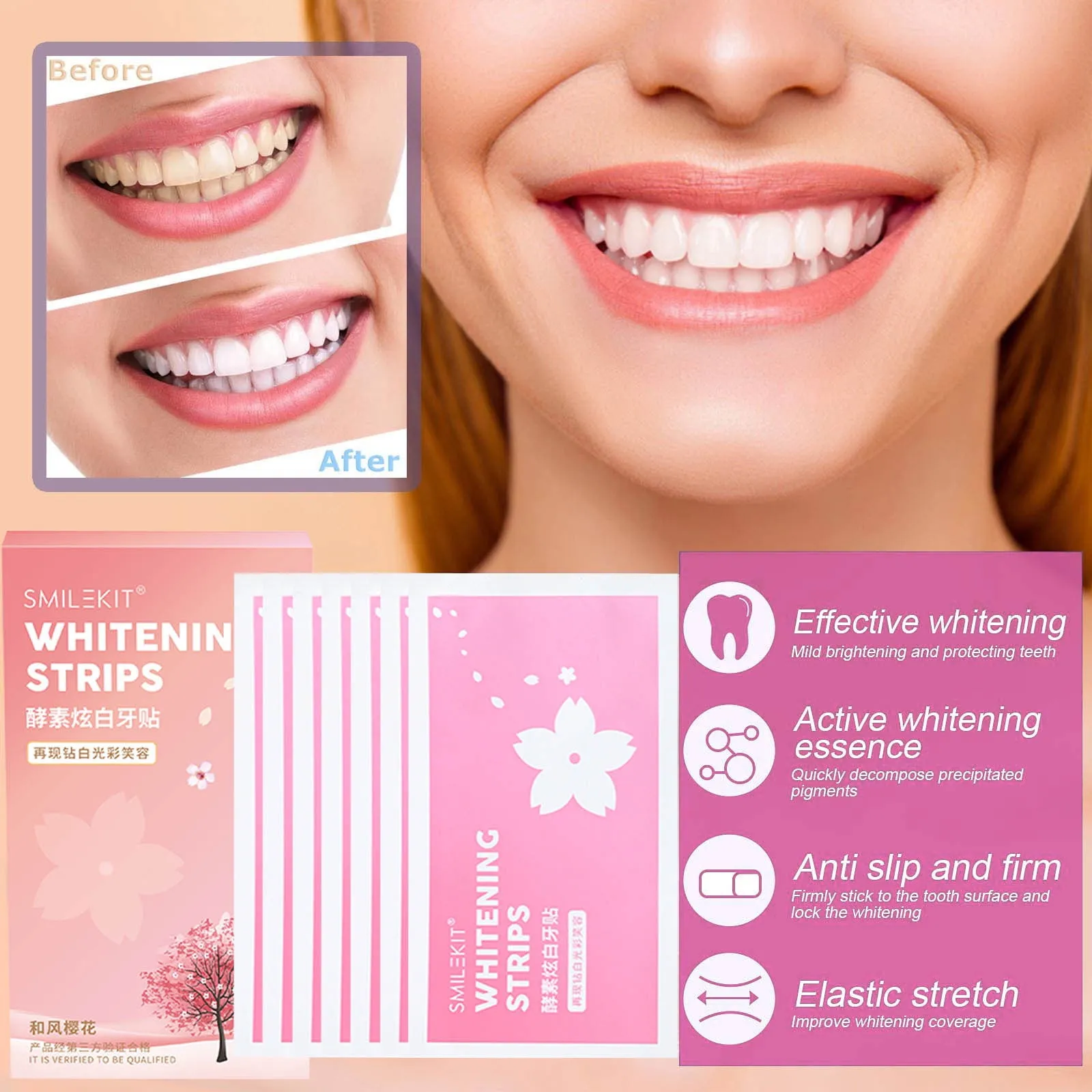
Proper application techniques are crucial for minimizing sensitivity when using whitening strips. Before applying the strips, brush your teeth gently with a soft-bristled toothbrush to remove any debris. However, avoid brushing immediately before or after applying the strips, as this can increase sensitivity. Make sure your teeth are dry before applying the strips, as this will help them adhere better. Carefully align the strips along your gumline, pressing them firmly to ensure they make good contact with your teeth. Avoid getting the whitening gel on your gums, as this can cause irritation. Follow the recommended application time and do not leave the strips on for longer than instructed. After removing the strips, rinse your mouth with water, but do not brush your teeth for at least 30 minutes. Following these techniques will help to maximize the effectiveness of the whitening process while minimizing discomfort.
Using Sensitivity Toothpaste
Incorporating sensitivity toothpaste into your oral hygiene routine can significantly help reduce discomfort. Sensitivity toothpastes work by blocking the dentin tubules, which are small channels that lead to the nerves in your teeth. The active ingredients in these toothpastes, such as potassium nitrate or stannous fluoride, help to create a barrier that prevents irritants from reaching the nerves, reducing sensitivity. For best results, start using sensitivity toothpaste a couple of weeks before you begin using whitening strips. Apply the toothpaste to a soft-bristled toothbrush and brush your teeth gently twice a day. Avoid brushing too aggressively, as this can further irritate the gums and teeth. Continue using the sensitivity toothpaste throughout your whitening treatment and for a few weeks after to maintain the desensitizing effect. The consistent use of sensitivity toothpaste can help minimize the discomfort associated with whitening strips, allowing you to achieve a brighter smile with less sensitivity.
Other Tips for Sensitive Teeth
In addition to the specific strategies mentioned above, several other tips can help manage sensitive teeth while using whitening strips. Avoiding acidic foods and drinks, such as citrus fruits, sodas, and vinegar-based dressings, can help reduce sensitivity. These foods can erode the enamel and exacerbate discomfort. When consuming these items, drink them through a straw to minimize contact with your teeth. Use a soft-bristled toothbrush and brush your teeth gently to avoid further enamel abrasion. Avoid whitening strips and toothpastes that contain high concentrations of irritants. Rinse your mouth with water after eating or drinking to help remove any lingering acids. Maintaining good oral hygiene is essential. See your dentist regularly for check-ups and cleanings to monitor your oral health and address any underlying issues that might contribute to sensitivity. Your dentist can also provide personalized advice and treatments tailored to your specific needs.
Alternatives to Whitening Strips
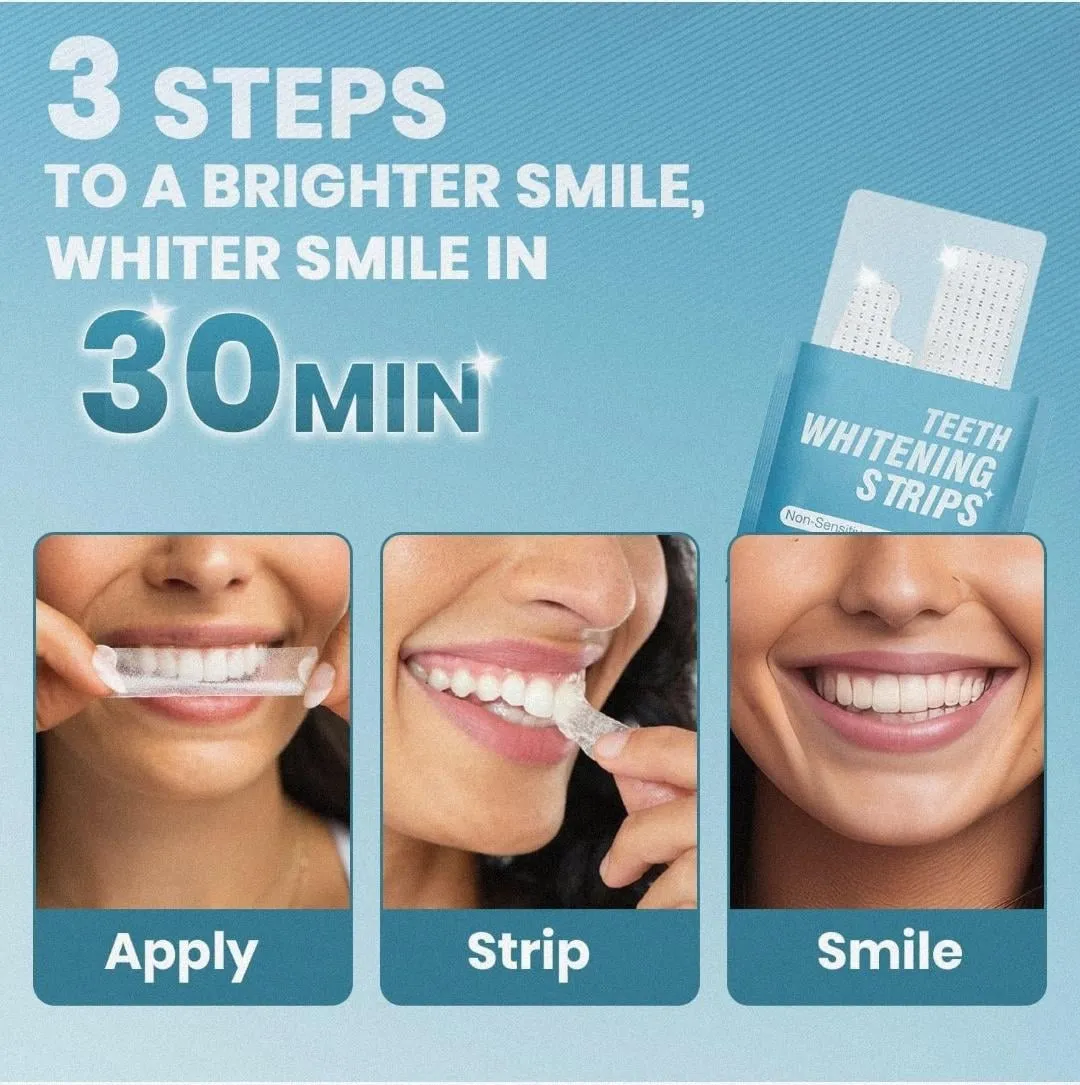
If you find that whitening strips cause excessive sensitivity, there are alternative methods for teeth whitening. These alternatives can provide similar results while minimizing the risk of discomfort. One option is to use whitening toothpastes, which contain mild abrasives and whitening agents. These toothpastes remove surface stains and can help to brighten your teeth over time, but they typically contain lower concentrations of active ingredients. Another alternative is to use whitening gels and trays, which can be purchased over-the-counter or prescribed by your dentist. These systems usually involve custom-fitted trays that are filled with a whitening gel and worn for a specific period each day. For those looking for more dramatic results, professional teeth whitening treatments performed by a dentist can provide significant improvement in a shorter amount of time. The best method for you will depend on your individual needs and preferences.
Professional Whitening
Professional teeth whitening, performed by a dentist, is an effective way to achieve brighter teeth. This method typically involves using a high-concentration bleaching agent, such as hydrogen peroxide, which is applied to the teeth under professional supervision. The dentist will take steps to protect your gums and soft tissues during the procedure, minimizing the risk of irritation. The process often includes multiple applications over the course of a single appointment, resulting in immediate and noticeable whitening effects. Professional whitening can be a good option if you have deep stains or if over-the-counter methods haven’t provided the desired results. Your dentist can also assess your oral health and identify any underlying issues that might need to be addressed before whitening. This ensures that the process is safe and effective for your specific needs. While professional whitening can cause some temporary sensitivity, the dentist can provide treatments to minimize discomfort, such as fluoride treatments or desensitizing agents.
Other Home Remedies
In addition to professional whitening and over-the-counter options, several home remedies may help improve the appearance of your teeth, although their effectiveness varies. Oil pulling, using coconut oil, is an ancient practice that involves swishing oil in your mouth for a set period. It is believed to help remove bacteria and toxins, potentially leading to a brighter smile. Some people also use baking soda and hydrogen peroxide mixtures, but it is important to use these with caution, as excessive use can damage enamel. Activated charcoal is another popular remedy, but it is essential to ensure that the charcoal is designed for dental use. Before trying any home remedies, consult with your dentist to ensure they are safe for your teeth and gums. They can also provide guidance on proper usage and realistic expectations for the results. Remember that while home remedies may help with surface stains, they typically do not provide the same level of whitening as professional treatments or over-the-counter products.
In conclusion, while whitening strips can be an effective method for achieving a brighter smile, they can also cause tooth sensitivity. Understanding the causes of sensitivity, choosing the right products, and using proper application techniques are crucial for minimizing discomfort. By following the tips and recommendations outlined in this article, you can enjoy a whiter smile while protecting your teeth and gums. If you experience persistent or severe sensitivity, consult with your dentist for personalized advice and treatment.
